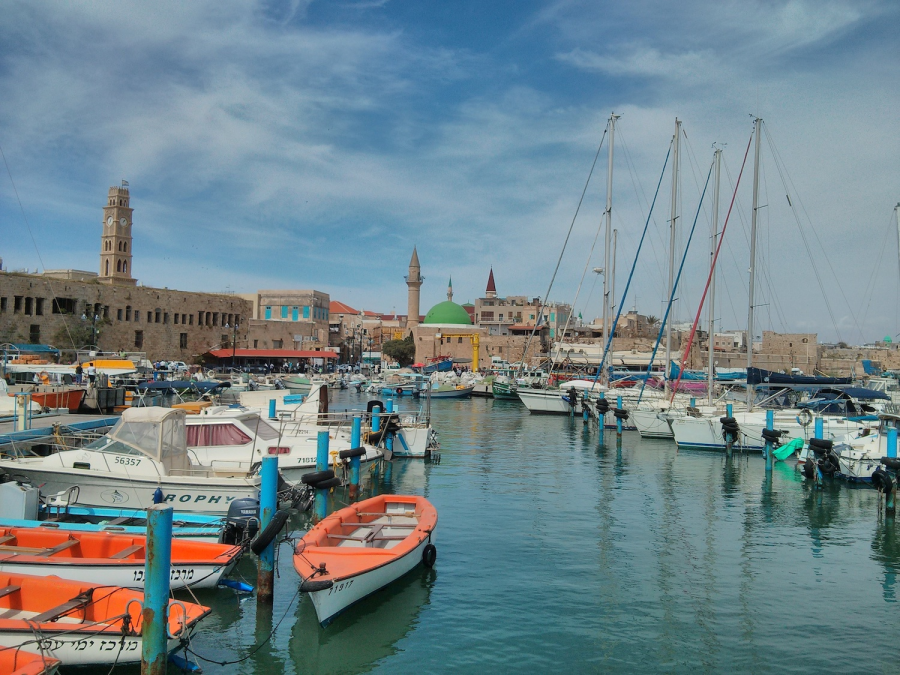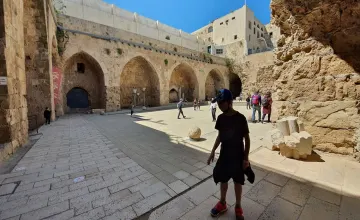The old port of Acre
Acre travel guideThe port of Acre is a marina and fishing mooring located north of the Gulf of Acre, in the southeastern corner of Old Acre. The port was declared a marina in 1982, and it is operated by the Old Acre Development Company through subcontractors. The port has five finger piers, and the area adjacent to the land wharf serves mostly fishing boats. The port is a major attraction and no visit to Acre is complete without it.
It is probable that the first ant of the city was located at the mouth of Nahal Naaman south of Tel Acre, where the urban settlement remained until the Hellenistic period, but changes in the route of the stream and subsidence of alluvial soil make it difficult to find findings that support this. Yosef ben Matityahu noted that vessels entered the creek bed to load sand used for the glass industry. Acre was mentioned as a port city in a certificate from the city of Ugarit in the 14th century BC.
The port in its current location is first mentioned in a Phoenician inscription from the Persian period. The inscription, which dates to the 6th century BC or to the 5th century BC, was found on the southern breakwater. Finds from excavations conducted at the site indicate that the foundations of the breakwater were built using Phoenician methods. Zeno, a Talmudic official, noted in a papyrus from 259 BC that wheat was exported from the port of Acre to Egypt. 2]. Remains of a kurkar stone floor from the Hellenistic period, located near the eastern sea wall, were discovered in early 2009. The length of the section exposed in the excavations was 15 meters and its width was four meters. The floor is located about a meter below the sea level and may provide information about the height of the Mediterranean Sea at its construction [3]. A large number of remnants of amphorae from this period, which originated in the cities of the Aegean Sea, were also discovered in the port areas. During 2012, additional excavations were carried out at the foot of the southern sea wall and the continuation of the sea wharf was exposed, as well as large tying stones that were used to tie the ships moored in the port. The weight of the binding stones ranges from 250-300 kg. Many pottery vessels were found at the bottom of the port, including dozens of complete vessels and many pottery fragments. The pottery originated from the Aegean islands such as Rhodes, Kos and more.
The port regained importance in the middle of the 18th century, when Daher al-Omar fortified Acre and opened many construction projects in the city, but their prosperity since the Crusader rule reached a peak during the time of the city’s next ruler, Ahmad al-Jazar. In 1799 Napoleon laid siege to Acre, and al-Jazar defended the entrance to the port by drowning a ship across it. In 1966, the remains of a shipwreck that was originally 34 meters long and five meters wide were discovered at the site. This may have been the shipwreck during the Napoleonic siege. However, the remains of eight other shipwrecks were discovered in and near the port of Acre – one from the Roman period, one from the 11th to the 13th century, three from the Ottoman period, and the rest from the beginning of the 20th century.








